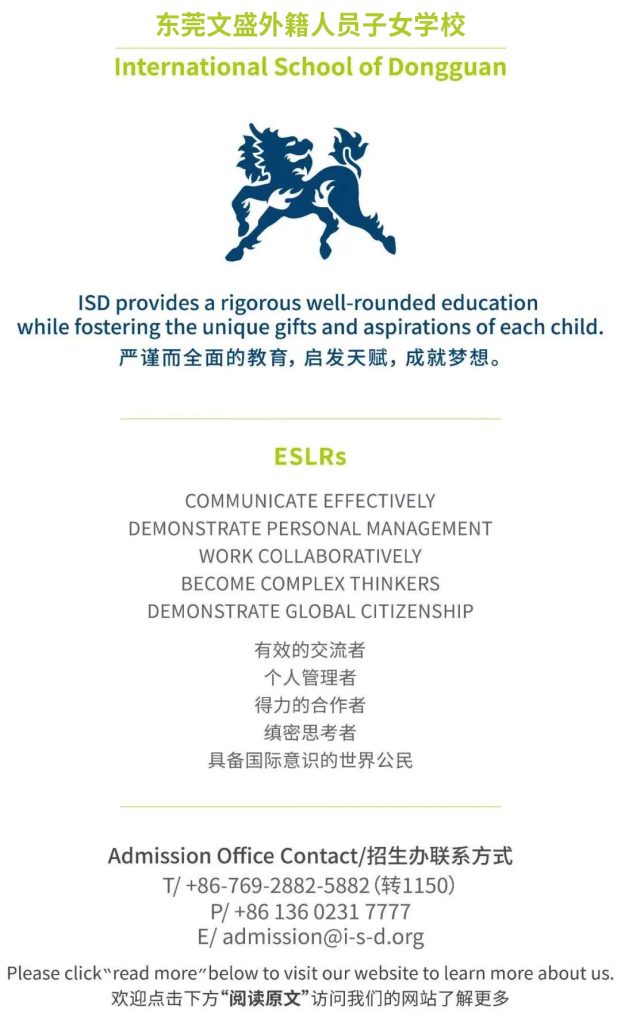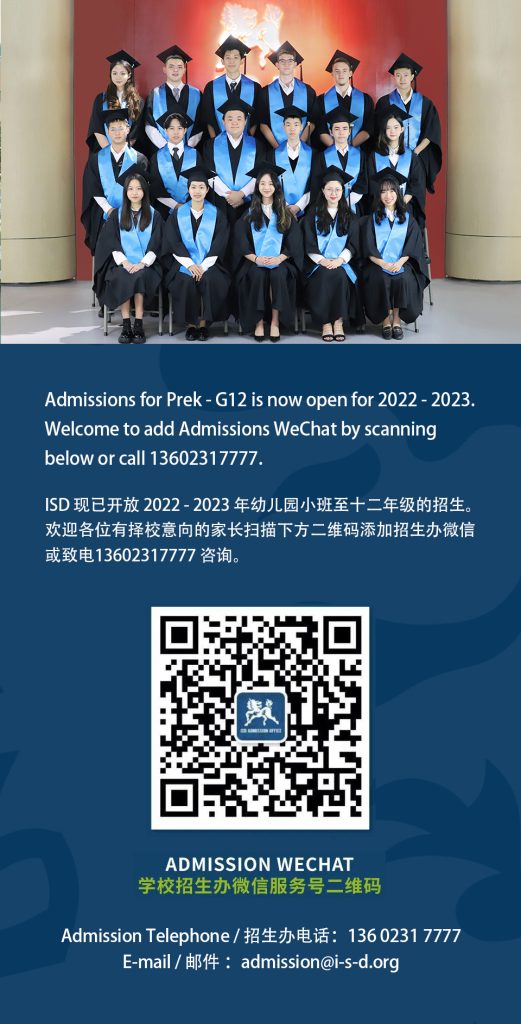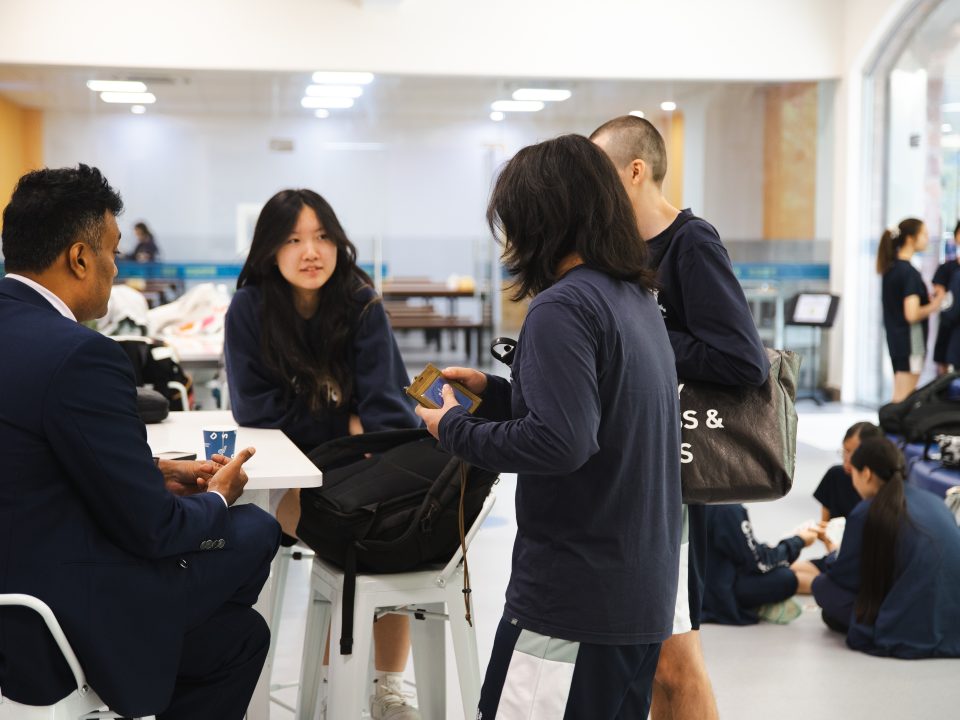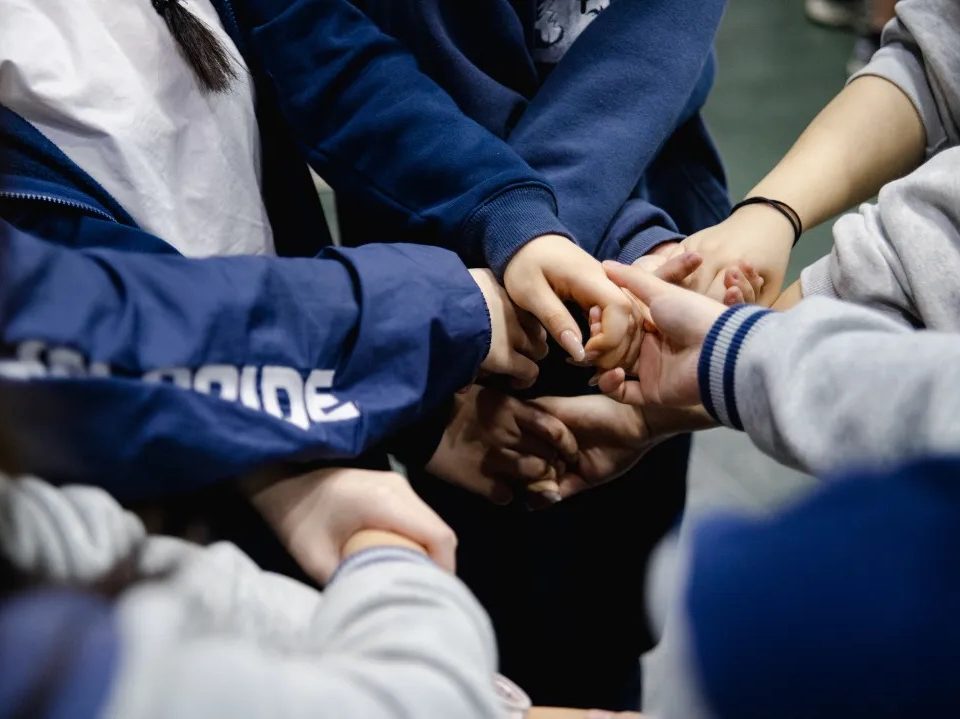Spotlight: ISD Mandarin Program

Moment: ISD Science Curriculum
2022-10-21
Focusing: WIDA Test at ISD
2022-11-07-06-1024x110.jpg)
There are three different age groups in ISD Early Childhood Program. We provide a comprehensive curriculum that integrates language, mathematics, music and art. For Pre-K and Junior-K children, we focus more on developing their listening and speaking skills. For Senior-K children, by the age characteristics, we will strengthen their literacy and reading skills on the basis of enhancing their listening and speaking. Of course, in order to prepare the Senior-K children for a better transition to elementary school, depending on their finger dexterity, we will bring in writing activities of practicing strokes and new words in the second semester, for a better preparation to elementary schools.According to the children’s language background, our Chinese program (in elementary school) provides 3 levels of classes: A, B & C. For students in Classs A, Chinese serves as their first language . For students in Class B, Chinese serves as their second language. Students in this level of class have been studying and using Chinese for quite a while and fluent in listening and speaking. For students in Class C, Chinese serves as a foreign language.In elementary school, we have one Chinese class each day with a duration of 45 minutes. Students who are non-native Chinese speaker will focus on listening and speaking practice of daily communication at early stages. After a certain time of learning, we will adjust the proportion of reading and writing practices according to their abilities. The principle is students are encouraged to practice listening and speaking skills first then we will introduce reading and writing.For native Chinese speakers in elementary school, for example, the first graders will take Pinyin as a tool to learn reading and writing in Chinese class. In terms of reading, students will experience parent-child shared readings in their first grade, then independent reading with pinyin, and come to independent reading without pinyin gradually. And then they will start analyzing difficult texts of corresponding grades. In terms of writing, the lower elementary students will learn to make words and sentences, then do narrative writings according to pictures.
For middle and upper elementary students, they will learn to do practical writings such as diaries, messages, notices and letters, as well as 300-500 words narrative essays about people and events, scenery description, simple expository and imaginative writings. In the process of learning Chinese, we aim to design an interesting and profound course for the students.
Starting from the 6th grade, teachers of both Chinese A and B will lead students to studies of literature and language acquisition step by step. This is a progressive and circulation process. When coming to the eighth and ninth grades, transitioning from middle school to high school, for example, students of Chinese A class will access to the theoretical & professional knowledge of literature, and their writings will become more analytical and critical. Then students in Chinese B class will be exposed to the IB curriculum, mainly focusing on IB five themes. ISD teachers and students come from various countries and regions around the world, and they have diverse cultures and backgrounds. The learning process is also a process of cultivating their international mindedness. Our goal is to cultivate them to become international talents. The more you know, the further you will go.
小学中高年级会学习日记、留言、通知和书信等应用文,学会写300-500字的写人记事的记叙文、写景作文以及简单的说明文和想象作文。在中文学习过程中,我们尽可能让孩子们学的有趣,学得深刻。
从六年级开始,中文A班的老师和中文B班的老师会慢慢引导他们去往文学方面或者去往语言的习得方面,慢慢地增加(学习比例)这是一个递进的过程,也是一个循环往复的过程。那么到了八年级、九年级,也就是初中升高中的过程,孩子们会接触到,比如说中文A班的孩子接触到文学的理论知识和专业知识会越来越多,他们的写作会慢慢地更倾向于文学分析、评论。那么中文B班的孩子们接触到完全是IB的课程,特别是以IB的五大主题为主。ISD的老师和学生来自世界各个国家和地区,他们身上有着多元的文化和多元的背景,孩子们在学习过程也是培养他们具有国际情怀的一个过程。我们的目标是把孩子培养成国际化人才。因为“看过”世界的孩子才强大。
중, 고학년의 경우 일기, 메시지, 공지사항, 편지 등의 실용적인 작문과 인물과 사건에 대한 300~500단어 내러티브 에세이, 풍경 묘사, 간단한 해설, 상상적 글쓰기 등을 배웁니다. 중국어를 배우는 과정에서 우리는 학생들을 위해 흥미롭고 심오한 과정을 설계하는 것을 목표로 합니다.
6학년부터 중국어 A와 B의 교사는 학생들을 문학과 언어 습득에 대한 학습으로 단계적으로 이끌 것입니다. 이것은 점진적이고 순환적인 과정입니다. 예를 들어 중학교에서 고등학교로 넘어가는 8학년과 9학년이 되면 중국 A반 학생들은 문학에 대한 이론적이고 전문적인 지식을 접하게 되며 그들의 글은 보다 분석적이고 비판적이 될 것입니다. 그런 다음 중국어 B 클래스의 학생들은 주로 IB 5가지 주제에 중점을 둔 IB 커리큘럼에 노출됩니다. ISD 교사와 학생들은 전 세계의 다양한 국가와 지역에서 왔으며 다양한 문화와 배경을 가지고 있습니다. 학습 과정은 국제적 마인드를 함양하는 과정이기도 합니다. 우리의 목표는 그들을 국제 인재로 육성하는 것입니다. 더 많이 알수록 더 멀리 나아갈 것입니다.
ANNOUNCEMENT
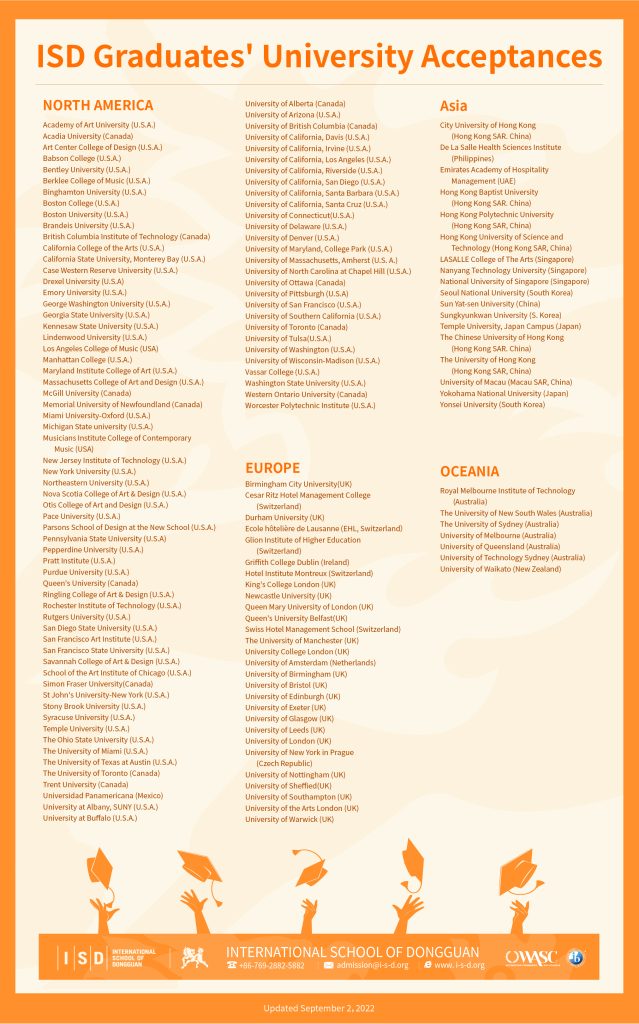
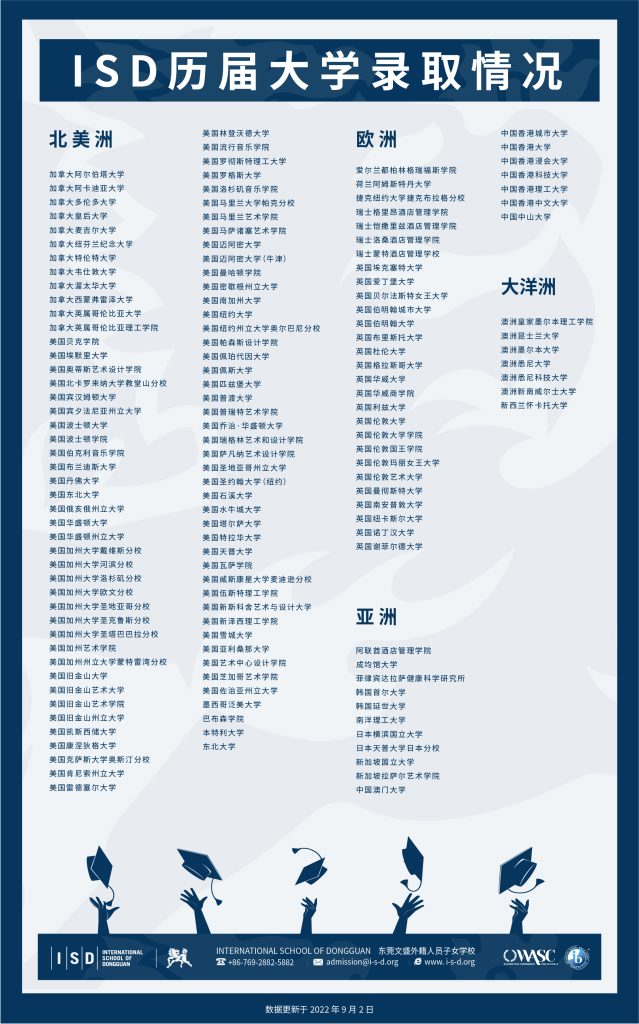
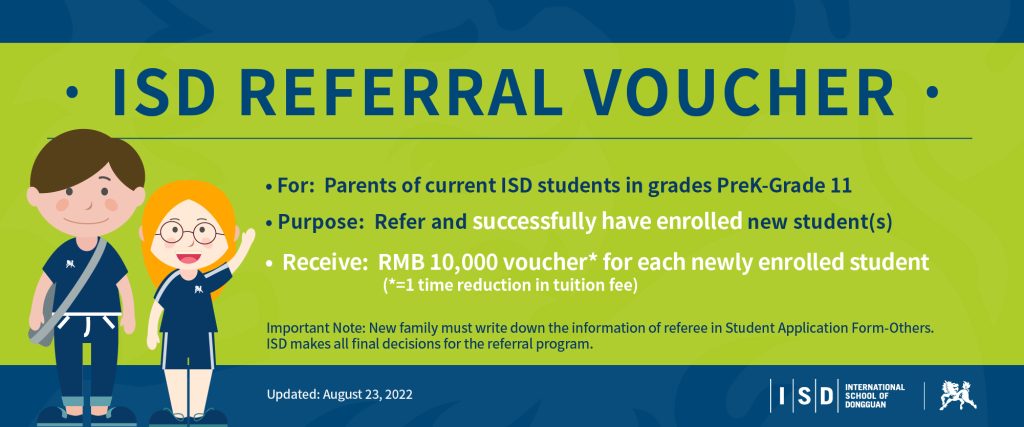
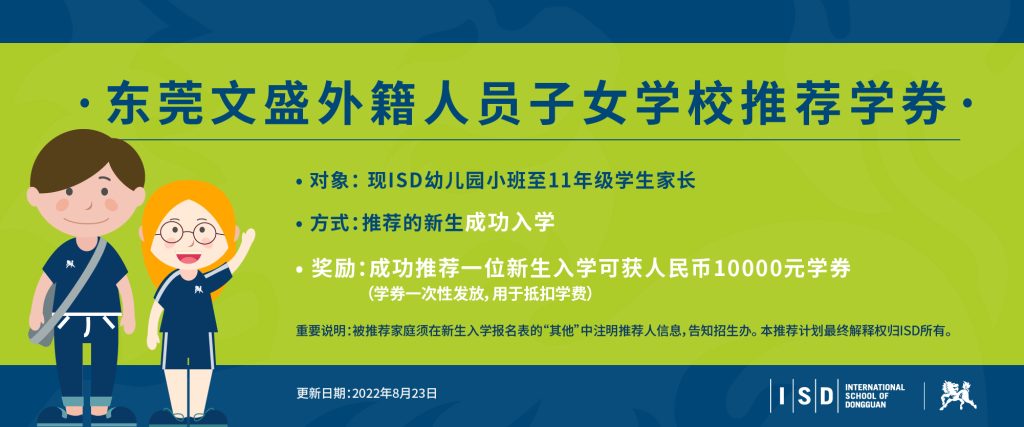 ISD IB Results Updated! | 再创佳绩,恭喜ISD 2022 IB最高分上调至42
ISD IB Results Updated! | 再创佳绩,恭喜ISD 2022 IB最高分上调至42
Arts at ISD: Music, Visual Arts and Drama | ISD培养学生艺术天赋:音乐、美术和戏剧
Curriculum Overview:What Do We Learn at ISD?|ISD严谨而全面的教育,启发成就梦想
